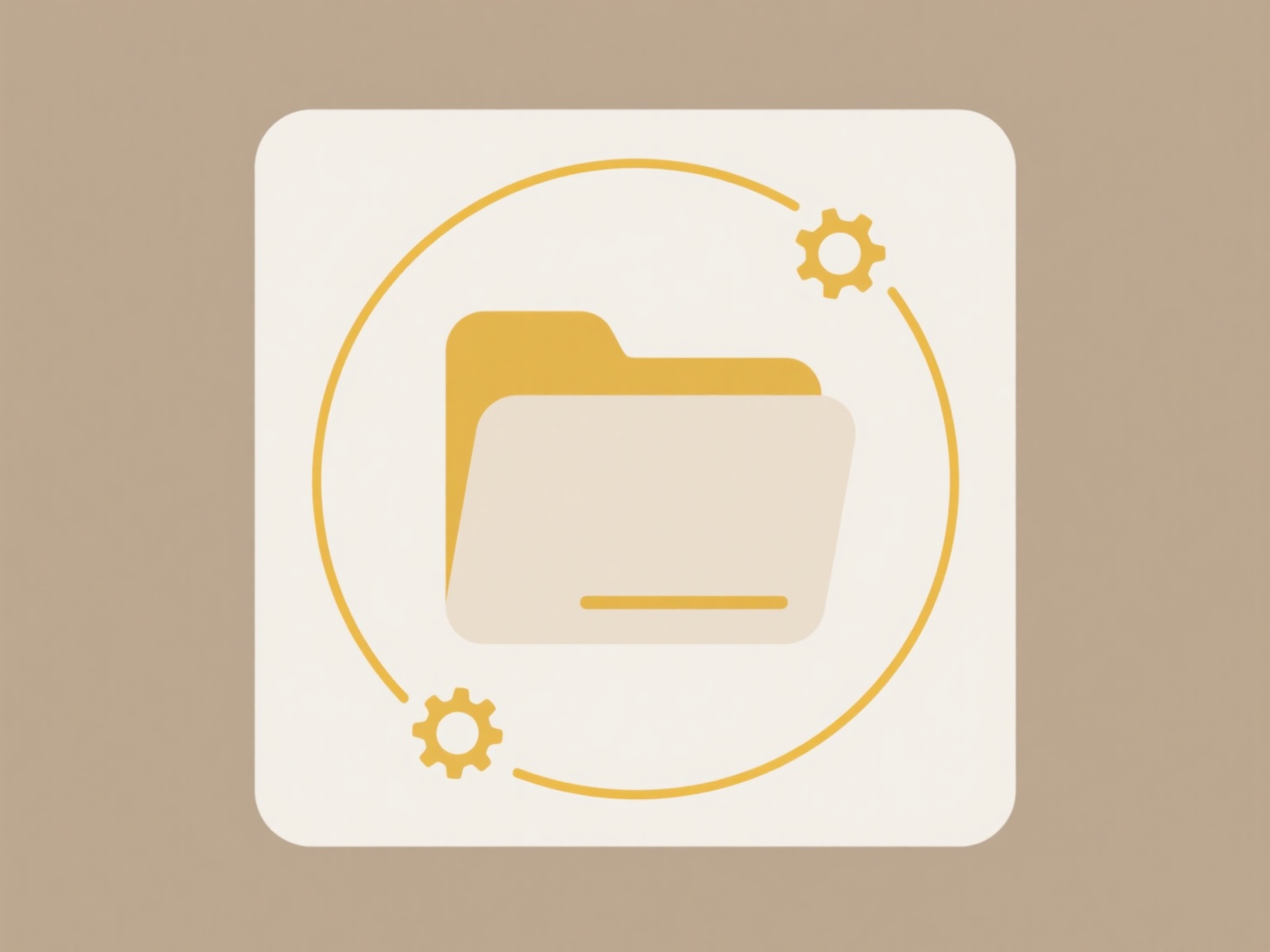
Build artifacts are files produced during software compilation or packaging, ready for deployment. Renaming them involves changing filenames or paths after creation but before deployment. This step typically occurs in CI/CD pipelines using scripting, separate from the build process itself. It differs from build configuration changes which occur earlier and modify how artifacts are initially generated. Common reasons include applying consistent naming standards, embedding version details, or meeting target environment requirements.

For example, a Java project might use a Maven plugin to rename 'app.jar' to 'app_v1.2.3.jar' during a Jenkins pipeline step. Similarly, a web app deployment script could rename a 'dist' folder to 'customer_portal_release_2024' using a bash command before uploading to a cloud storage bucket. These actions are common in DevOps workflows using tools like GitHub Actions, Azure Pipelines, or scripting within configuration management tools.
Benefits include improved traceability, simplified rollbacks using clear versioning in filenames, and adherence to deployment standards. However, renaming introduces extra steps needing careful script maintenance to avoid deployment failures. Future considerations involve automating naming via variables in pipelines to minimize manual intervention while ensuring consistency and auditability across deployments.
How do I rename build artifacts in deployment?
Build artifacts are files produced during software compilation or packaging, ready for deployment. Renaming them involves changing filenames or paths after creation but before deployment. This step typically occurs in CI/CD pipelines using scripting, separate from the build process itself. It differs from build configuration changes which occur earlier and modify how artifacts are initially generated. Common reasons include applying consistent naming standards, embedding version details, or meeting target environment requirements.

For example, a Java project might use a Maven plugin to rename 'app.jar' to 'app_v1.2.3.jar' during a Jenkins pipeline step. Similarly, a web app deployment script could rename a 'dist' folder to 'customer_portal_release_2024' using a bash command before uploading to a cloud storage bucket. These actions are common in DevOps workflows using tools like GitHub Actions, Azure Pipelines, or scripting within configuration management tools.
Benefits include improved traceability, simplified rollbacks using clear versioning in filenames, and adherence to deployment standards. However, renaming introduces extra steps needing careful script maintenance to avoid deployment failures. Future considerations involve automating naming via variables in pipelines to minimize manual intervention while ensuring consistency and auditability across deployments.
Quick Article Links
Does Wisfile rename folders as well as files?
Does Wisfile rename folders as well as files? Wisfile focuses exclusively on intelligent renaming of individual files....
How should students organize files for different classes?
Students organizing files for different classes refers to creating a systematic structure for saving digital coursework,...
What does “You need administrator permission to save” mean?
"You need administrator permission to save" is a security notification common on Windows operating systems. It occurs wh...